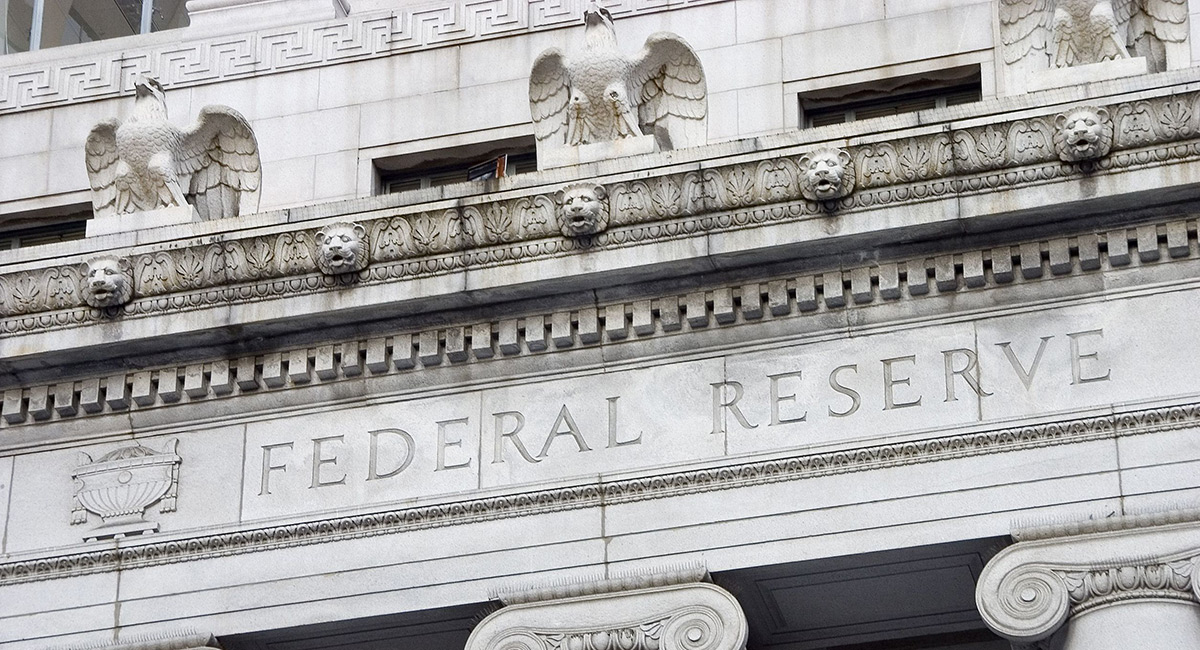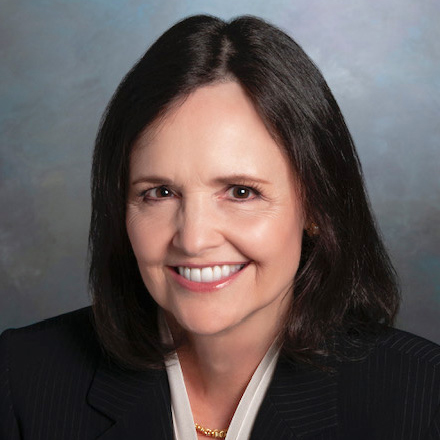Federal Reserve Chair Janet Yellen is greatly concerned about the growing inequality of wealth and income in the United States. She fears that it may limit the chances for individuals to advance their own economic interests. “I think it is appropriate to ask,” Yellen suggested at a recent conference organized by the Federal Reserve Bank of Boston, “whether this trend is compatible with values rooted in our nation’s history, among them the high value Americans have traditionally placed on equality of opportunity.”
That’s rich—so to speak. Because what Yellen fails to acknowledge, even as she cites data released by the Fed last month showing the rising concentration of wealth in the top few percent of households, is the Fed’s own culpability in widening income inequality.
Since 1989, according to the triennial Survey of Consumer Finances (SCF), the average inflation-adjusted income of the top 5 percent of households grew by 38 percent; the average real income of the other 95 percent of households grew less than 10 percent. Yellen points out that when an increasing portion of total income accrues to the wealthiest households, it means “by definition, of course, the share of all income held by the rest, the vast majority of households, has fallen by the same amount.”
What the Fed chief doesn’t highlight is that these negative trends in the distribution of income and wealth have become particularly pronounced during the most recent 2010-2013 period; this coincides with the continuation of the Fed’s quantitative easing policies, which provide money at near-zero interest rates to the largest financial institutions through large-scale asset purchases. As the SCF reports: “Only families at the very top of the income distribution saw widespread income gains between 2010 and 2013, although mean and median incomes were still below 2007 levels.”
The problem with Yellen’s public display of benevolent concern over income and wealth inequality is that it implies she means to do something about it. This is worrisome because she views the Fed as a force for good rather than as a distorting government interloper into private-sector credit markets whose clumsy efforts skew financial rewards to savvy corporate strategists and sophisticated investors. “Although we work through financial markets, our goal is to help Main Street, not Wall Street,” Yellen says.
If good intentions were the test for gauging the effectiveness of the Fed accumulating some $3.6 trillion in U.S. Treasury securities and mortgage-backed securities since late 2008, perhaps we could excuse an intrusion that makes a government agency the dominant market maker for a key segment of credit instruments.
But here we are—six years after the Fed began imposing a federal-funds rate near zero to spur economic growth—and Main Street is barely feeling the love. Average take-home pay for middle- and upper-middle-class families has shown little change since 2010, the SCF data affirm, while inflation-adjusted income for families in the bottom 40 percent has declined.
Meanwhile, the rush by a number of Fed officials to calm a jittery Wall Street belies the notion that equity market gains are merely incidental to the conduct of monetary policy. Stanley Fischer, the Fed’s vice chairman, said at an International Monetary Fund event on October 11 that the Fed might “remove accommodation more slowly than otherwise,” if the U.S. economy were hurt by weak foreign growth. When financial markets swooned the following week, St. Louis Fed President James Bullard quickly chimed in that the Fed should consider delaying the end of its third round of bond buying.
So it’s no use pretending that the Fed’s transmission mechanism for monetary stimulus is not directed at making Wall Street players feel more confident—that is, wealthier—and thus more inclined to make investments aimed at expanded production, which means more workers get hired, which means rising incomes.
But has it worked? It turns out that much of the near-zero cost money has buoyed financial markets in ways that don’t conform to the Fed’s theoretical construct; they are more geared toward window dressing and speculative bets than productive investment. Corporations buying back their own shares make up the single biggest category of stock purchasers, according to a study released in late June by brokerage firm LPL Financial. Meanwhile, the market for over-the-counter derivatives has climbed beyond its pre-crisis June 2008 level of $672 trillion; in its latest September report, the Bank for International Settlements shows $710 trillion in notional amounts outstanding on total contracts.
We have to hope that Yellen’s disappointment over the way income and wealth are increasingly distributed in the U.S. doesn’t cause her to double down on making the Fed’s role of paramount importance in the American economy. Instead of rescuing us from the economic devastation caused by the 2008 global financial crisis, the Fed’s remedies are perpetuating its damage through misallocated credit resources and muddied market signals.
To that point, the most depressing finding in the SCF report is that the pace of new business creation has declined sharply in recent years—with the percentage of families below the top 5 percent that own a business falling to a 25-year low. “It appears that it has become harder to start and build businesses,” Yellen observed in her Boston speech, as if puzzled. Could it be because local banks have learned it’s easier to churn government securities and stockpile excess reserves at the Fed than make individual loans to small-business borrowers?
If Yellen wants to restore the free-market values rooted in our nation’s history, she needs to pay heed to the telling correlation between wealth inequality—at its highest level in the past 100 years, higher than for much of American history before then—and the creation of the Federal Reserve in 1913. It’s unbecoming to preach the virtues of equality of opportunity when Americans see only too well who most benefits from monetary favoritism and who is most punished by the inequality of access to vital financial capital.









